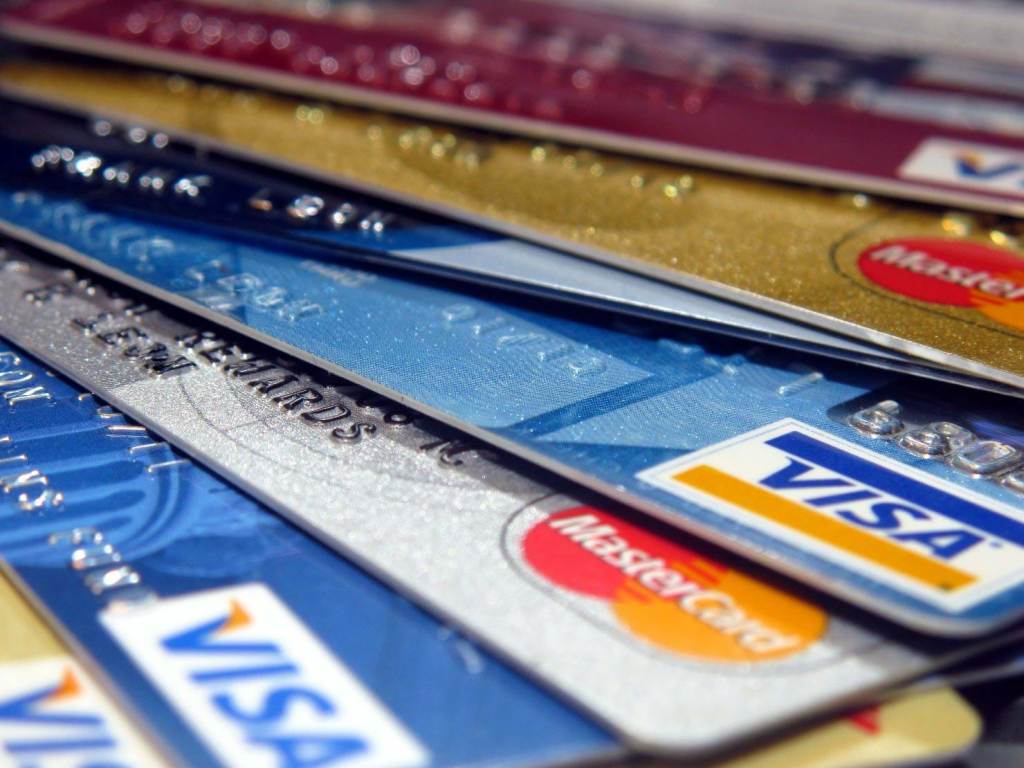 Flickr user frankieleon, flickr.com/photos/armydre2008/
Flickr user frankieleon, flickr.com/photos/armydre2008/Millions of Americans are underserved by existing financial institutions whose services and products are unaffordable, inaccessible, or simply don’t meet the needs of low-income consumers. But increasingly, technology and innovation are helping to change this.
Some of the most exciting innovations to improve financial access are coming from tech startups that can place bets on new technology without jeopardizing a valuable enterprise or large customer base. At the same time, large incumbent financial institutions have the breadth necessary to bring financial access up to scale for the mass market. And so to ensure greater financial inclusion, tech startups and traditional financial services companies will need to work together.
There are already some examples of successful collaboration: One is the now-ubiquitous access consumers have to detailed information about their bank accounts, essentially in real time. The technology that makes this possible was initially tested by tech startups looking for low cost ways to communicate with customers. As the reliability and appeal of this communication method grew, financial services providers of all sizes, new and old, adopted the technology and rolled it out everywhere. As a result, many consumers now count on being able to receive text updates, use mobile services, and subscribe to account alerts that provide up-to-the-minute information. This kind of convenience and speed puts consumers more squarely in control of their finances and helps to make financial services more accessible.
Getting to know underserved consumers
But technology has the potential to do even more to advance financial access and inclusion. Information found on social media could transform predictive analytics and help lenders offer services tailored to specific consumer needs, including the needs of lower-income consumers. With widespread smartphone use making it possible for companies to offer consumers those real-time opt-in solutions and alerts, consumer interactions can provide powerful indications of a particular person’s credit use. For example, the actions customers take after receiving a “payment due” text alert may offer a good indication of their ability to pay. Richer data and more frequent customer interaction are expanding the scope of burgeoning fields like behavioral economics to help understand, shape, and change consumer decisions in ways that foster financial success.
With a clearer picture of traditionally underserved consumers, firms are able to refine their pricing to create more affordable financial offers to those most in need. Because of their faster speed to market and lower risk exposure, startups are best suited to innovate in this space—in contrast to large incumbents, whose risks include the entire enterprise value of the firm and a possible impact on millions of customers.
While established financial institutions may see themselves as unfairly held back by regulatory limitations, the truth is all market participants—incumbent and startups alike—need to abide by the same marketplace rules. New financial services products raise concerns about privacy, data security, and discrimination, and both innovators and incumbents must balance and monitor technology and data use to ensure meaningful protections.
From innovation to mainstream application
Mobile check deposits offer another illustration of how incumbents and new entrants can work together. Small electronic payment providers first offered mobile check deposits as a way to provide low-cost transaction services without expensive infrastructure investments. As the technology matured, innovators proved they could manage fraud risk and provide comparable funds availability. Compelled by the value of a lower cost opportunity, larger institutions began rolling the feature out to their broad customer base, making it a core part of transaction account services.
This example illustrates how, through the collaborative efforts of startups and established players, a new technology can go from a proof of concept in a small innovative use case, to a mainstream application. By following suit, we see potential for new data sources, analytical techniques, and behavioral economics applications in credit decisioning to make it possible for low-income consumers to have widespread access to mainstream, reasonably-priced credit.
The FinTech boom has led to solutions that can help low-income consumers make their way out of financial purgatory. Analytics are not a silver bullet, and our ability to gather and utilize data to better determine the financial profile of a consumer is still in its infancy. But as established financial institutions and startups work together to broaden financial access while operating under a shared set of rules, they have the potential to fundamentally transform the financial services landscape and improve the lives of millions of underserved consumers.
Marla Blow is founder and CEO of FS Card Inc.
The views presented in this guest post solely reflect those of the author.




